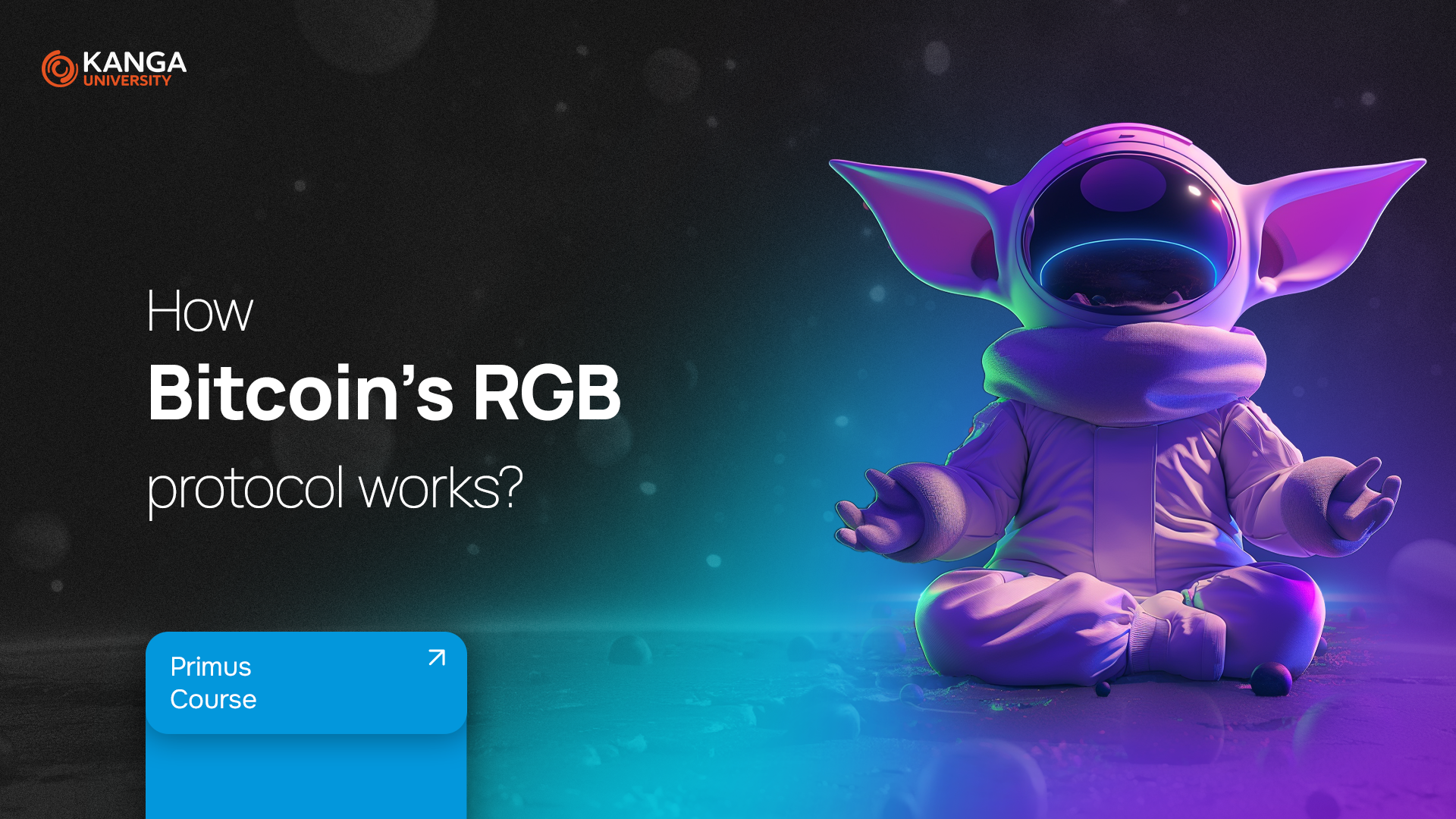
For years, Bitcoin has been viewed as digital gold — secure, decentralized, and great for storing value. But not exactly flexible.
That perception is changing fast.
Thanks to a powerful innovation called the RGB Protocol, Bitcoin is stepping into a new era — one where it’s not just about sending BTC, but also about building smart contracts, issuing tokens, and enabling new financial tools, all while keeping the core blockchain untouched.
Let’s dive into what RGB is, how it works, and why it might become one of the most important upgrades to Bitcoin since the Lightning Network.
What Is RGB?
RGB — short for “Really Good Bitcoin” — is an open-source protocol designed to expand Bitcoin’s capabilities without changing its original design.
RGB allows users to:
-
Create smart contracts
-
Issue and manage custom tokens
-
Boost scalability, privacy, and flexibility
-
Use the Lightning Network for instant transactions
Unlike Ethereum, which stores everything on-chain, RGB keeps data off-chain and client-side, reducing blockchain congestion and improving privacy — all while using Bitcoin’s Proof-of-Work network for security.
The idea for RGB was first introduced in 2016 by Bitcoin Core developer Peter Todd. Since 2019, development has been led by Maxim Orlovsky and the LNP/BP Standards Association. In April 2023, RGB released its first stable version (v0.1), making it easier for developers to build real-world apps on Bitcoin.
How RGB Works
At its core, RGB operates as an off-chain smart contract system built on top of Bitcoin and the Lightning Network.
Key elements:
-
It uses Bitcoin for final settlement and security
-
All logic and contract data are processed on the user’s device (client-side validation)
-
It’s built on a DAG structure (Directed Acyclic Graph), allowing faster, scalable data flow
-
It requires no changes to Bitcoin’s core protocol
Each new RGB transaction confirms two earlier transactions, creating a secure and efficient chain of data — without writing everything to the Bitcoin blockchain.
RGB contracts are written in Rust (a secure, modern programming language) and executed via the AluVM (Alluvium Virtual Machine), which ensures consistent results across different platforms.
Smart Contracts That Stay Private and Efficient
RGB contracts are:
-
Deterministic – they always produce the same result
-
Private by default – only involved users can view them
-
Modular – users can define complex rights and ownership conditions
Instead of broadcasting contract data to the entire network (as with Ethereum), RGB keeps it local. That means lower fees, faster processing, and no exposure of sensitive data.
This approach is ideal for:
-
Peer-to-peer financial agreements
-
Community currencies
-
Asset-backed tokens
-
Private token issuance and transfers
Why Client-Side Validation Matters
In traditional blockchains, the whole network must validate each transaction. RGB flips that model: validation happens on your device, not the network.
Benefits include:
-
More privacy – no public record of contract details
-
Lower fees – minimal blockchain interaction
-
Better scalability – the network doesn’t slow down as more users join
Drawback? You need good software tools to handle validation locally — but these tools are improving fast.
What Can RGB Be Used For?
RGB is already gaining traction in several practical areas:
-
Asset tokenization – digitize physical or digital assets (e.g. real estate, collectibles)
-
Tokenized securities – represent stocks, bonds, and financial instruments on Bitcoin
-
Decentralized exchanges (DEXs) – enable peer-to-peer trading with minimal fees
-
Lightning-based payments – RGB tokens can be sent instantly over Lightning
-
Decentralized identity & access systems – secure ways to control digital access and identity
Risks and Limitations
RGB is still in the early stages of development. Like all new technologies, it comes with challenges:
-
Potential for bugs or vulnerabilities
-
Limited support in wallets and exchanges (for now)
-
Users must manage validation locally
That said, the protocol is maturing quickly, and several real-world applications are already live.
Why RGB Could Shape Bitcoin’s Future
RGB works without changing Bitcoin’s core and is fully compatible with upgrades like Taproot and Schnorr signatures.
It adds powerful new features:
-
Smart contracts
-
Token issuance
-
Lightning-powered transactions
— all while preserving Bitcoin’s core strengths: decentralization, censorship resistance, and immutability.
As adoption grows, RGB could play a central role in:
-
Building Web3 apps on Bitcoin
-
Launching next-gen payment systems
-
Enabling private, trustless digital finance
Summary
-
RGB is a protocol that enables smart contracts and tokenization on top of Bitcoin
-
It runs off-chain and uses client-side validation, which means more privacy and less congestion
-
It’s fast, flexible, and scalable — without changing Bitcoin’s fundamentals
-
Real-world use cases include tokenized assets, decentralized finance, and instant payments